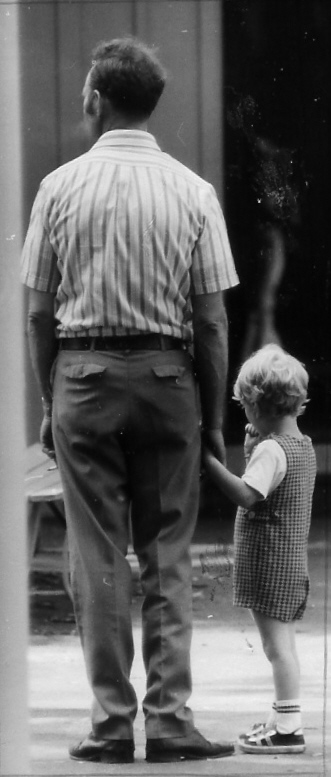Heath Ledger’s Joker — no question it was an amazing performance. And if he were still with us, we could ask him about his various inspirations: what did he watch, what did he read, what did he observe, how did he inhabit his character? Well, one of the clues he left us was his Joker diary, which he kept four a months before shooting.
In it, there’s a list of what would make the Joker laugh – including AIDS, landmines, geniuses suffering irreversible brain damage, brunch, and sombreros. “It gave me this chill,” Grant Morrison said, because it was word-for-word what Morrison had written in one of his Batman stories.
“There’s a Batman [Batman #663, “The Clown at Midnight”] that I did last year that hardly anyone read,” Morrison said.
As a response to his own “Arkham Asylum: A Serious House on Serious Earth,” Morrison had continued his themes of the duality of Joker and the Batman in “The Clown at Midnight.” Having established with “Arkham” that the Joker had a sort of “super-sanity” and that he shifted between personalities,” Morrison explored the idea further in “The Clown at Midnight,” by showing that each time the Joker escaped, one of those new personalities would emerge.
“It’s a really good story,” Morrison said, “but because it was prose, people didn’t want to read it.”
Except, apparently, Heath, who saw Morrison’s list and put it in his Joker diary. “He actually had a whole list — blind babies, doctors, accidents — really horrible stuff,” Morrison said. “Heath wrote it all down. So yeah, I can see there’s a lot of [‘Arkham’ and ‘Midnight’] in his Joker.”
The filmmakers have taken great pains to acknowledge the original comics they drew from, Morrison pointed out. With those shout-outs, sales for the originals have skyrocketed – not just for “Arkham,” but also Alan Moore’s “The Killing Joke,” Frank Miller’s “Year One” and “Dark Knight Returns,” and Jeph Loeb’s “Long Halloween.”














No comments:
Post a Comment